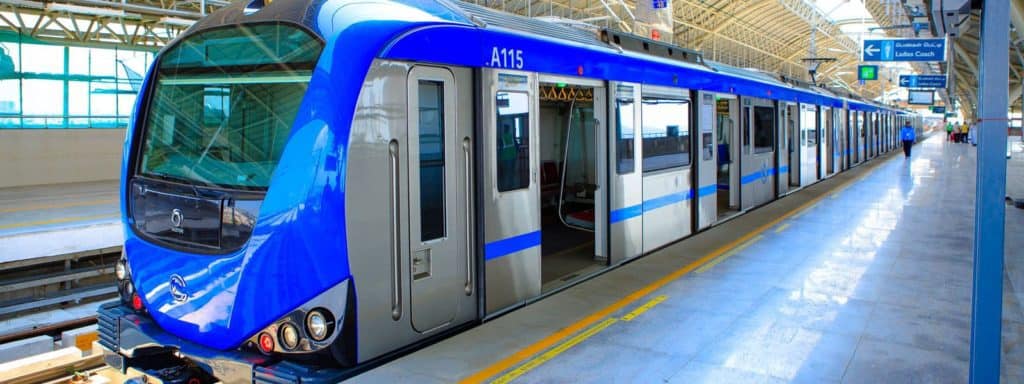Teen footballer’s death causes uproar
The death of a 17-year-old football player, R Priya from Vysarpadi, due to medical negligence at the government hospital in Chennai has created an uproar across the State. Priya was admitted to Periyar Nagar Government Peripheral Hospital where she underwent arthroscopic surgery to repair the ligament on her right knee on November 7. She then developed complications due to prolonged pressure caused by a compression bandage and was shifted to the Rajiv Gandhi Government General Hospital (RGGGH) where her leg was amputated and treated in the Intensive Care Unit (ICU). On November 15, she was declared dead due to multiple organ failures.
This led to protests at the hospital premises and attracted criticism from various political leaders. Chief Minister MK Stalin visited Priya’s parents and paid floral tribute to the portrait of Priya. He also handed over a cheque for Rs 10 lakh as solatium to the family, an appointment order for her brother to work as a Data Entry Operator and an allotment order for a tenement at the Tamil Nadu Urban Housing Habitat Board at Gowthamapuram.
Meanwhile, the two doctors at Periyar Nagar Government Peripheral Hospital were suspended. The State Human Rights Commission has taken suo moto cognisance of media reports about the incident and called for a report from the Secretary of the Health and Family Welfare Department.
Source: The Hindu | The Times of India
Read more: Looking beyond chess: The sports scenario in Chennai post COVID
CMDA issues notification for widening 423 roads
To create broader roads and ensure seamless connectivity, the Chennai Metropolitan Development Authority (CMDA) has proposed to widen 423 roads in the jurisdiction of 20 local bodies, including Greater Chennai Corporation, Tambaram and Avadi Corporations. As part of the project, the CMDA has issued a street alignment notification on its web portal.
The maps with the proposed alignments have also been made available for inspection at the Counselling and Consultancy Counter in the CMDA office between 3 pm to 5 pm on any working day. Those who intend to raise any objection can write to the Member Secretary, CMDA within 21 days from the date of notification.
Source: The New Indian Express
CMRL reviews safety measures for tunnelling works
Chennai Metro Rail Limited (CMRL) has taken up several safety measures including the installation of ground monitoring instruments and structural monitoring machines, continuous observation of ground distortion, existing building surveys and evacuation of unsafe buildings in the locality as the tunnel boring operations for Phase 2 have already begun in Chennai.
A radius of 50 meters from the work sites would be monitored vigilantly. CMRL has also carried out a survey of the condition of buildings along the tunnelling alignment and the vulnerable ones have been marked. Further, parameters like water pressure adjustments during boring are constantly monitored, as even the slightest modifications can impact the road surface and nearby buildings.
Source: The Hindu
GCC opts for localised flood mitigation measures
In a bid to resolve waterlogging issues during the northeast monsoon, the Greater Chennai Corporation (GCC) has opted for more localised solutions that bring immediate results. Accordingly, engineers of the Corporation, led by the three Regional Deputy Commissioners, have been deputed for the work.
Citing examples from recent work carried out, Corporation Commissioner Gagandeep Singh Bedi said that after residents and motorists complained about waterlogging in Tamil Salai at Egmore in front of Mathsya Hotel, the corporation engineers installed Hume Pipes to move the water from the other side to the major drain.
Similarly, in a bid to give relief to T.Nagar areas, water from Aziz Nagar and Subramaniapuram which originally used to go to Mambalam Canal and then to the Adyar, would now reach Cooum via the Trustpuram Canal.
Source: The Hindu
Read more: As rains lash the city, North Chennai residents still await flood mitigation measures
Only ‘white’ police station in Chennai gets ISO certificate
Following the independent assessment of the standards carried out by an autonomous body, Flower Bazaar police station has been awarded ISO 9001:2015 and WASH (Workplace Assessment for Safety and Hygiene) standard certificates on November 16.
Notably, the 146-year-old police station is not only one of the city’s oldest police stations but also the only police station painted the colour white. It is also the fifth police station in Tamil Nadu and the 10th in the country to get both standard certificates. The certifications are expected to positively impact public perception and set a model for other stations.
Source: DT Next
[Compiled by Shobana Radhakrishnan]
